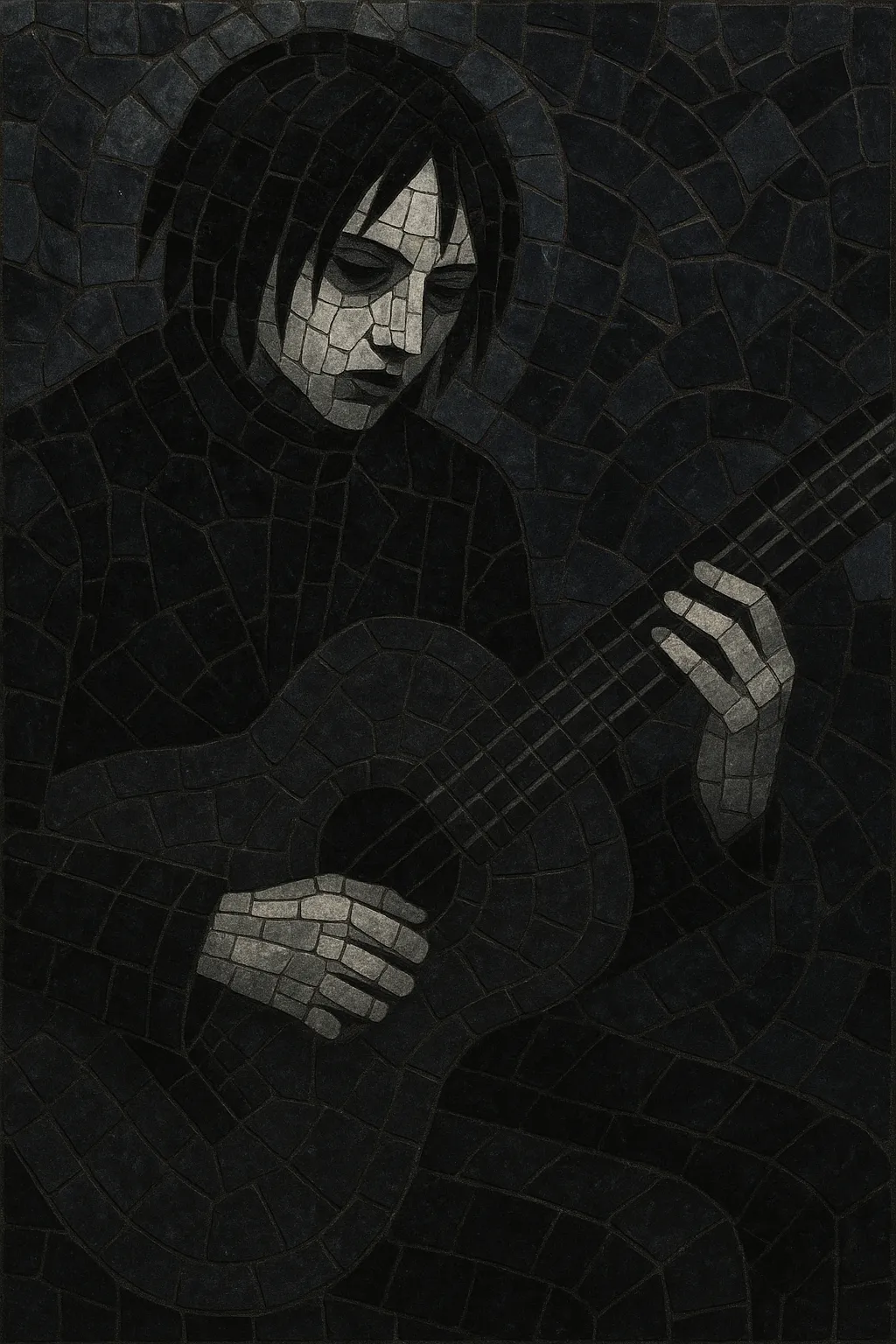Nagoya-kei is a regional strain of visual kei that crystallized in the Nagoya area of Japan in the early–mid 1990s.
It is distinguished by a darker, more melancholic sound, drawing heavily on gothic rock, post‑punk, and dark wave while keeping the hook‑sense of alternative rock.
Compared to the flamboyance often associated with mainstream visual kei, Nagoya-kei typically embraces a more understated visual presentation: monochrome wardrobes, minimal ornamentation, and a moody stage presence that serves the music’s somber tone.
Musically, expect chorus- and delay-laden clean guitars interlocking with tight, lightly saturated rhythm guitars; melodic, prominent bass lines; reverberant yet precise drumming; and emotive vocals that favor minor keys and introspective, poetic lyrics. Tempos often sit in mid‑tempo ranges, with a focus on atmosphere, tension, and elegant, melodic phrasing over showy virtuosity.
Nagoya-kei emerged within Nagoya’s livehouse circuit as a darker, more musically austere branch of visual kei. Local venues and a tight regional network of bands fostered an aesthetic focused on somber melodicism, gothic/post‑punk guitar textures, and introspective lyricism. Early exemplars coalesced around a shared preference for minor modes, clean-and-chorused guitar timbres, and a restrained, monochrome visual identity.
By the mid‑1990s, several Nagoya-area bands gained national visibility, effectively codifying the style. Often dubbed the scene’s standard-bearers, groups like Kuroyume, Rouage, Laputa, and Fanatic Crisis helped define the sound’s balance of atmospheric guitars, melodic bass writing, and emotionally direct vocals. While still under the broader visual kei umbrella, these bands distinguished themselves through a less flamboyant image and a stronger pull toward gothic rock and post‑punk harmony and arrangement.
In the 2000s, a second wave carried forward the Nagoya-kei sensibility. Acts such as deadman, GULLET, and later lynch. leaned into heavier textures while preserving the signature moody tonality and melodic clarity. This evolution set the stage for louder, more metallic offshoots within the visual kei ecosystem, and sustained the scene’s identity even as fashion and production modernized.
Nagoya-kei’s legacy is twofold: musically, it cemented a darker, post‑punk‑inflected pathway within visual kei; culturally, it offered an alternative to maximalist theatrics by foregrounding atmosphere, songcraft, and emotional nuance. Its vocabulary—chorused clean guitars, melancholic hooks, and understated visuals—continues to inform later waves of darker visual kei and adjacent Japanese rock styles.


